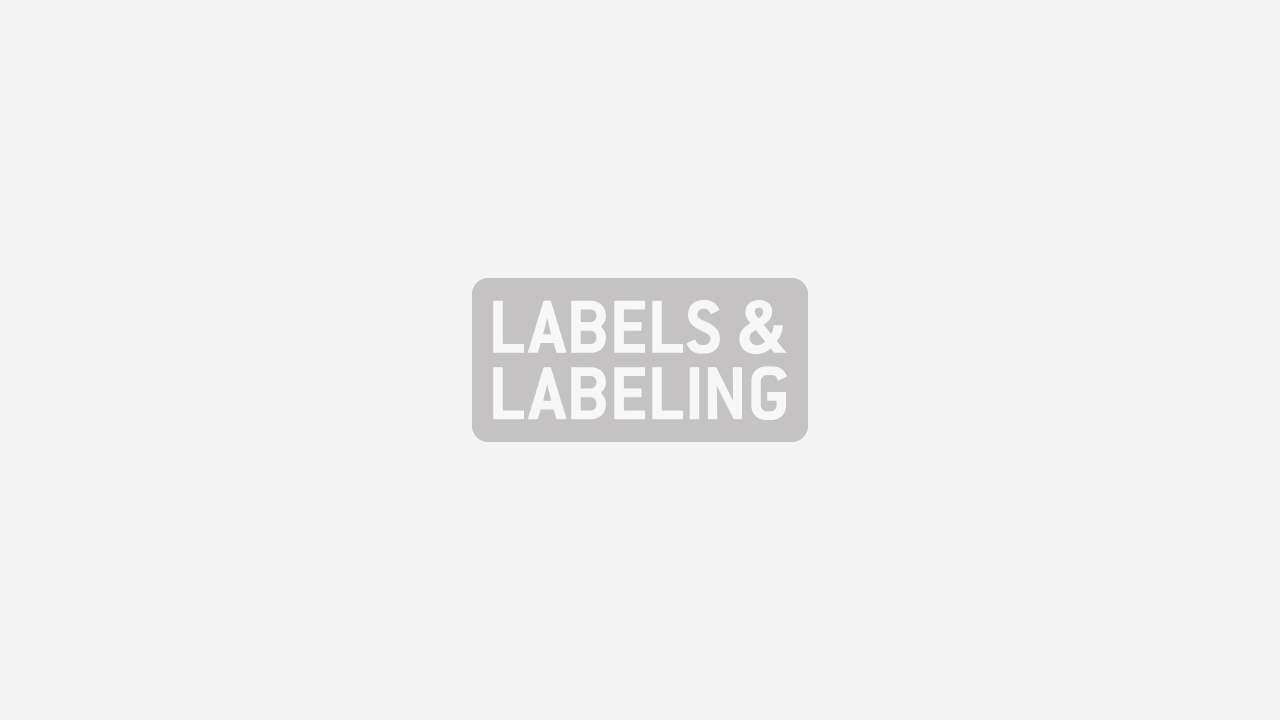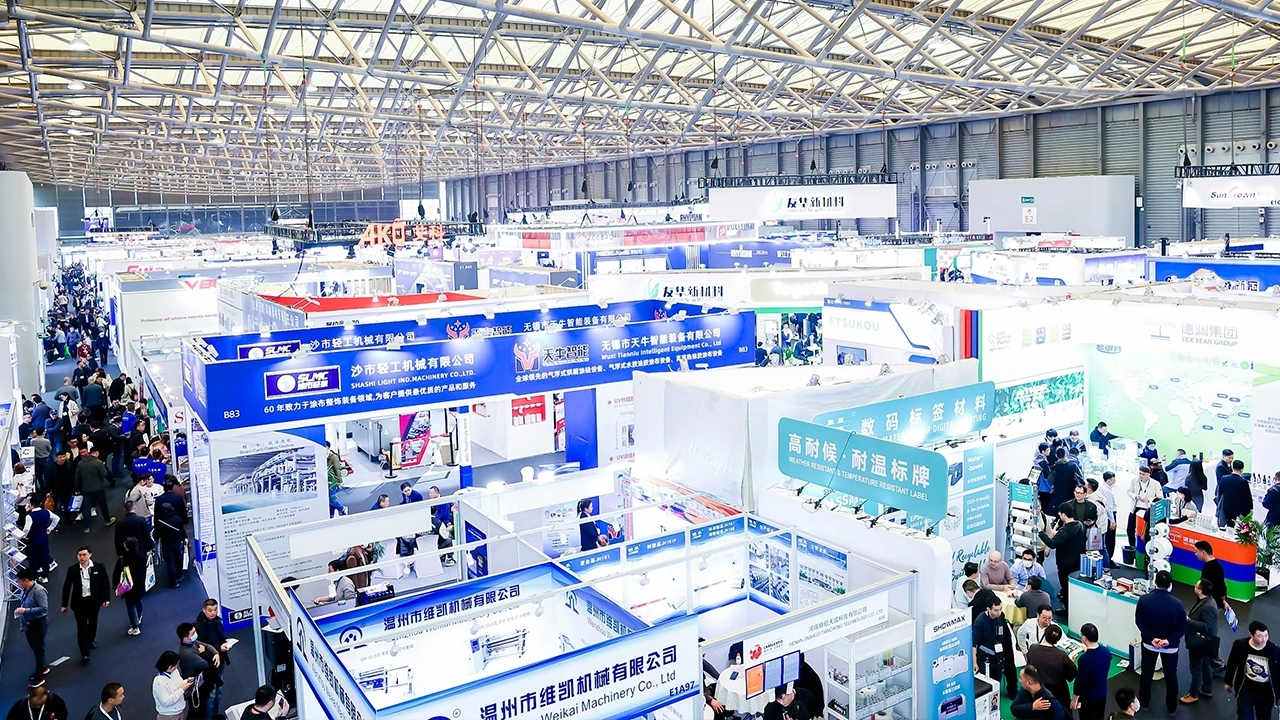Danielle Jerschefske: B2B key to consumer behavior change

Unilever hosted an intimate group in Washington DC, and simultaneously in London and Sao Paulo, in April to boldly announce the progress made with its Sustainable Living Plan launched in November 2010. One of the world’s largest consumer product companies, Unilever set around sixty targets to be achieved by 2020 through a structured plan around its value chain. Partners and stakeholders in attendance included regional leaders from NGOs such as Greenpeace, WWF (World Wildlife Fund) and the Rainforest Alliance, GreenBiz.com, government officials, press and analysts.
The plan sets out that by 2020 Unilever will:
• help more than one billion people improve their health and well-being
• halve the environmental footprint of the making and use of its products
• source 100 percent of its agricultural raw materials sustainably
Already Unilever has reduced its overall environmental footprint by ten percent with efficiency in the supply chain and has realized USD $250m cost savings with program. These figures speak volumes. What’s unique about the international consumer product supplier’s strategy is that it is taking responsibility not only for its direct operations, but also for its suppliers, distributors and – most crucially – consumers who use brands like Dove, Knorr, Lipton, Lifebuoy and Pureit every day of their lives. Coordinating communication, education and value to consumers is the only way Unilever will find long-term success. For the first time, stakeholder partners and big business must be on the same page – together.
Unilever’s Five Pillars for Change presents the triggers, motivators and barriers that have historically changed consumer behavior based on its expert market research. The consumer use phase of a product’s life cycle is the most challenging because there is no certainty that there will be a behavior change, that people will properly place a plastic container in a recycle bin rather than the trash. So inspiring consumers to adopt new sustainable products and behaviors is fundamental to achieving the goals set out in the Unilever Sustainability Living Plan.
Reporting in a room full of the planet’s leading advocates for environmental prosperity in business, one could assume that participants would have a strong sensitivity to everyday, impacting habits. It was clear that changing behaviors of consumers is the main barrier to Unilever reducing the carbon footprint of its products.
It was discouraging, therefore, to see the unsorted plastic and packaging waste in one blue bin at the back of the room. If sustainability leaders are not evaluating their everyday actions, how can we expect the average consumer and business owner to change their behaviors and strategies? Businesses must lead the way through regular action, showing customers down the supply chain all the way to the consumer (all of us), how to recycle properly. People learn from the actions of others.
At the Sustainable Brands conference in San Diego this week, business is collaborating to drive change and awareness. Suzanne Shelton of the Shelton Group talked this morning about ‘The Power of We’. She said: ‘We’ve got to wake people up and disrupt them!’ This is a great campaign, collaboratively made with multiple brand leaders to reduce water usage.
Unilever believes that its brands embody values and aspirations that can inspire and enable change. Indeed, it has made much progress:
• Today, globally sources 20 percent of energy from renewables; 100 percent in Europe
• On way to reaching goal of 40 percent renewable energy sourced by 2020
• On track to meet 2015 commitment to cover all of its palm oil requirements from traceable, certified sources
• 35 million people gained access to clean water with Pureit; goal to reach 500 million by 2020
For this reason the CPG company has introduced products that direct consumers to reduce whenever possible. New products with packaging that communicates consciousness of water usage during consumption; new products that deliver reliable performance in cooler water; new products, like dry shampoos, that allows consumers to refresh their hair between washes, requiring less frequent washing with water. Bravo!
Unilever CEO Paul Polman has said: ‘In Unilever, we believe that our future success depends upon being able to decouple our growth from our environmental footprint, while at the same time increasing our positive social impacts. Sustainable growth will be the only acceptable model of growth in the future, which is why we have put the Unilever Sustainable Living Plan at the heart of our business strategy. Unilever grew well in 2011, but what is encouraging is that the brands, which put sustainability at the center of their propositions, like Lifebuoy soap grew faster than the average.’
I commend Unilever for its objectives and for changing the way big business reviews sustainability within its growth strategy. It is leading the way. Still, each of us has a responsibility as a consumer to remain conscious of our everyday actions so we can bridge into this new world of conducting business one step at a time. A lot of small steps have the collective power to drive real, meaningful change.
Danielle Jerschefske, North America editor, L&L
Stay up to date
Subscribe to the free Label News newsletter and receive the latest content every week. We'll never share your email address.


